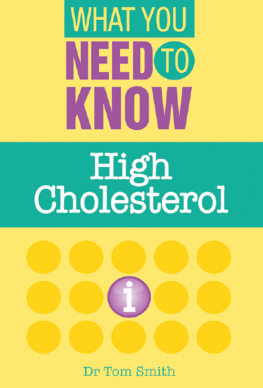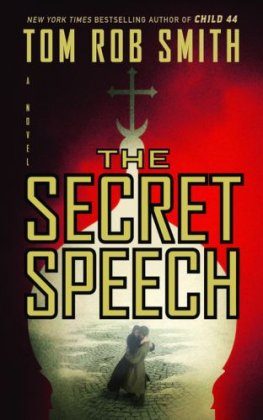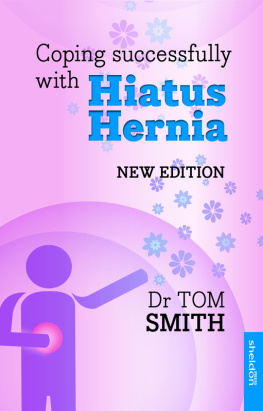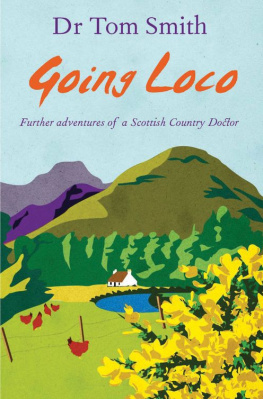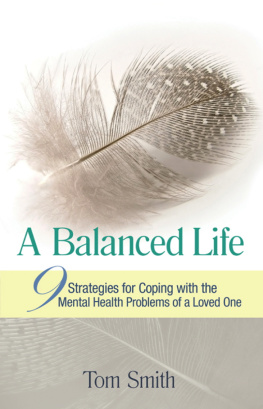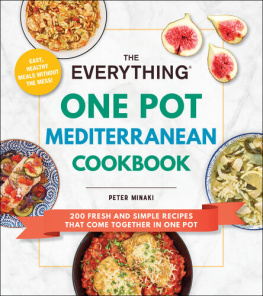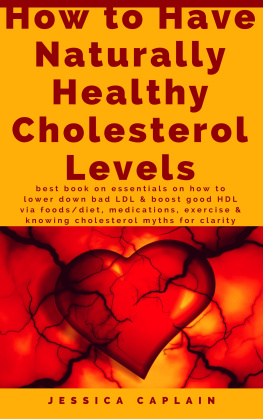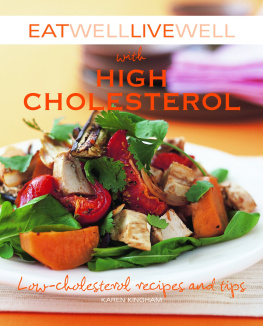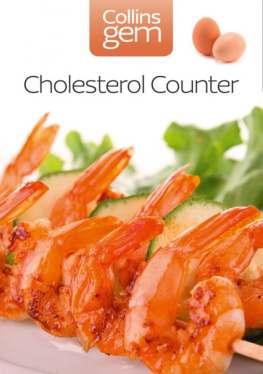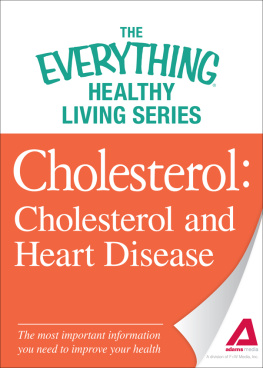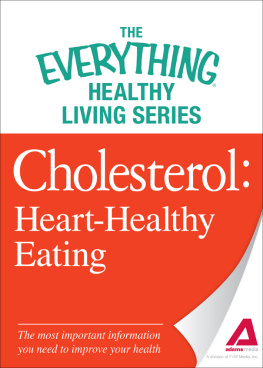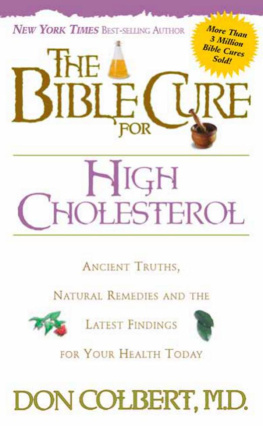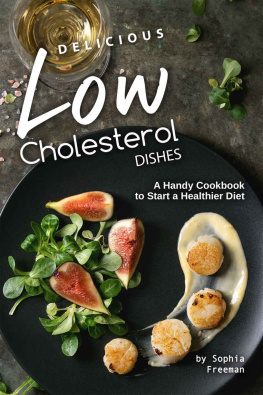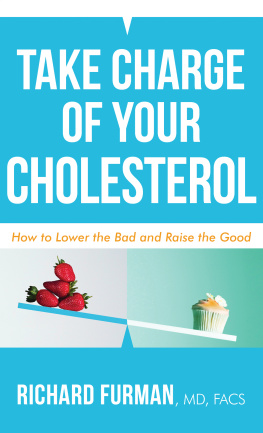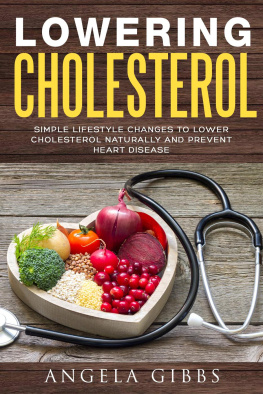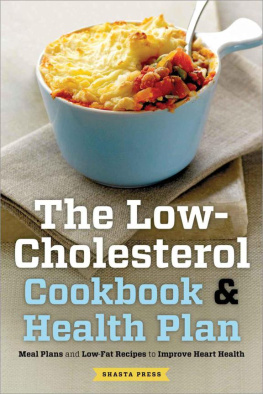Tom Smith - High Cholesterol
Here you can read online Tom Smith - High Cholesterol full text of the book (entire story) in english for free. Download pdf and epub, get meaning, cover and reviews about this ebook. year: 2012, publisher: Rights Solutions, genre: Romance novel. Description of the work, (preface) as well as reviews are available. Best literature library LitArk.com created for fans of good reading and offers a wide selection of genres:
Romance novel
Science fiction
Adventure
Detective
Science
History
Home and family
Prose
Art
Politics
Computer
Non-fiction
Religion
Business
Children
Humor
Choose a favorite category and find really read worthwhile books. Enjoy immersion in the world of imagination, feel the emotions of the characters or learn something new for yourself, make an fascinating discovery.
- Book:High Cholesterol
- Author:
- Publisher:Rights Solutions
- Genre:
- Year:2012
- Rating:4 / 5
- Favourites:Add to favourites
- Your mark:
- 80
- 1
- 2
- 3
- 4
- 5
High Cholesterol: summary, description and annotation
We offer to read an annotation, description, summary or preface (depends on what the author of the book "High Cholesterol" wrote himself). If you haven't found the necessary information about the book — write in the comments, we will try to find it.
We are all becoming more aware of high cholesterol problems and often only discover that we are at risk during a general health check. In this book, Dr Tom Smith describes, in his accessible style, the causes of high cholesterol, the associated problems, the complications and the risks if high cholesterol goes untreated. Dr Smith details the treatments available together with possible side effects. He also gives information on the diet and lifestyle changes that may help to reduce your cholesterol levels and lessen the risks to your overall health.
High Cholesterol — read online for free the complete book (whole text) full work
Below is the text of the book, divided by pages. System saving the place of the last page read, allows you to conveniently read the book "High Cholesterol" online for free, without having to search again every time where you left off. Put a bookmark, and you can go to the page where you finished reading at any time.
Font size:
Interval:
Bookmark:

WHAT YOU NEED TO KNOW
D R T OM S MITH
Wellhouse Publishing Ltd
First published in Great Britain in 2002 by
Wellhouse Publishing Ltd
604 The Chandlery
50 Westminster Bridge Road
LONDON
SE1 7QY
Email:
Reprinted in 2003, 2005, Revised 2006, Reprinted 2007, 2008, 2010.
eBook editions Wellhouse Publishing 2011
Text Tom Smith 2002
Dr Tom Smith asserts the moral right to be identified as the author of this work.
DISCLAIMER The aim of this book is to provide general information only and should not be treated as a substitute for the medical advice of your doctor or any other health care professional. The publisher and author is not responsible or liable for any diagnosis made by a reader based on the contents of this book. Always consult your doctor if you are in any way concerned about your health. |
PDF edition: ISBN 978-1-903784-31-0
ePub edition: ISBN 978-1-903784-32-7
Mobi edition: ISBN 978-1-903784-33-4
All rights reserved. No part of this publication may be reproduced, stored in a retrieval system, or transmitted in any form or by any means, electronic, mechanical, photocopying, recording or otherwise, without prior permission in writing from the publishers.
For my fellow graduates of 1962 from Birmingham Medical School.
They could not have been better friends over the last 40 years.
It seems a long time since we were all exhorted to go to work on an egg and to drink a pint of milk a day. These two messages, so popular in the 1960s, fell out of favour in the 1970s. That was when cholesterol raised its ugly head, and eggs and dairy products were transformed into foods that would harm, rather than help, your heart. The messages changed to eat only three eggs a week and have the odd drink of semi-skimmed milk from time to time. We were all encouraged to have our blood cholesterol levels checked regularly, and to eat foods that would keep them down, or at least to reasonable levels.
Why did these messages change so drastically? Were the people who changed the messages right? What is cholesterol, anyway? Should we be worried about it, and its level in our blood? Does changing what we eat really make much difference? Does bringing down blood cholesterol really lower our risk of a heart attack or stroke? Do the drugs so many of us take really make a difference? Are there other things we should be doing as well, to make an even bigger difference to reducing our chances of having a heart attack or stroke?
This book aims to answer these questions and more. It is about cholesterol and the related fatty substances, called lipids, which have been identified as important in causing heart disease and strokes. It explains why we have lipids in our bloodstream and tissues, what they do, why sometimes we need to take notice of them, and what we can do by eating wisely, exercising and making other lifestyle changes to lessen the havoc they may wreak on our blood vessels. If we can do that we stand a better chance of avoiding an early death from heart attack or stroke.
Cholesterol and the other blood lipids are only a small part of the story of heart disease, however. On its own, a higher-than-normal level of cholesterol in your blood doesnt normally pose much of a risk. There are exceptions: a very small percentage of men and women inherit a tendency to develop extremely high cholesterol levels. For them it is vital that everything should be done, including permanently taking drugs, to lower these levels, and we shall discuss this later in the book. For the vast majority, however, what is called for is a broader approach to a healthier life and to lowering their risks of heart attack and strokes, which may or may not involve drugs.
Doctors have known for at least 20 years that there are three main risk factors promoting heart attacks and strokes:
1. Uncontrolled high blood pressure, or hypertension.
2. Smoking.
3. A high blood lipid level.
The medical term for a high blood fat (lipid) level is hyperlipidaemia, but it is so closely linked to blood cholesterol levels in the popular press that it is usually referred to as a high cholesterol. There are two other secondary risk factors that promote heart attacks and strokes:
Obesity.
A sedentary lifestyle.
Obviously these last two are linked: People who take little exercise tend to be overweight. But the two are not always found together. There are slim couch potatoes, presumably because they dont eat much (although these people are rare). And there are people who take plenty of exercise but also eat a lot. Weight-lifters and sumo wrestlers come to mind.
There is one more risk factor which applies to more and more men and women in their middle years and beyond. That is maturity-onset diabetes. The recent figures for this illness are worrying: it affects more than two million people in Britain, and the numbers are rising steeply, year on year.
This book, therefore, not only covers cholesterol but has specific chapters on high blood pressure, smoking, exercise, body shape and diabetes. They all matter to men and women who have been told they have a high cholesterol.
It cannot be emphasised enough that you mustnt look at your cholesterol levels in isolation: they are part of a whole series of problems. There is a chapter on the drugs used to treat high cholesterol levels, but please dont buy the book just to read about them. If you do, and you ignore the rest of the lifestyle advice, you will be doing yourself a disservice.
Im not in favour of buzz words like holistic in medicine. I believe that all general practitioners like myself, who take pride in their work, treat the whole patient. We practised holistically before the word was hijacked by complementary and alternative practitioners. But if the word holistic has any meaning at all, it is in the treatment of people with a high cholesterol level. You ignore a high cholesterol at your peril, but if you do the opposite, and concentrate on it alone, you are making just as big a mistake. Take all the advice in this book together, as a complete guide to your future good health.
Crucial to why cholesterol is so important is an understanding of the least-known organ in the body. Ask people to name the main organs of the body and they will mention the brain, the heart, the liver, the lungs, the kidneys, then maybe start to flounder a bit. They might add the pancreas or the gut, or the uterus or prostate, but thats all. A few may consider, correctly, that the skin is also an organ.
The thing that all of these organs have in common is that they are very specialised tissues with very particular functions. The brain provides us with the ability to think, to sense the environment around us, and to react to it. The heart pumps blood around the body. The liver deals with food and its conversion into the essential substances for our daily living. The lungs give us oxygen and expel waste carbon dioxide and water. The kidneys get rid of waste fluids. The pancreas organises our blood glucose levels and produces digestive enzymes. The skin controls our body temperature and protects us against infection, among other things.
So far, you probably havent read anything that you dont already know about organs from your school biology classes. But there is another organ, at least as important as all the others, that hardly anyone outside medicine knows about. In a normal 70-kilogram human, this organ, spread out, would cover the surface of six tennis courts. It is easily the largest organ in the body, weighing more heavier than the liver, yet no pathologist has ever been able to weigh it. The cells in it alone number around 1,000,000,000,000.
Font size:
Interval:
Bookmark:
Similar books «High Cholesterol»
Look at similar books to High Cholesterol. We have selected literature similar in name and meaning in the hope of providing readers with more options to find new, interesting, not yet read works.
Discussion, reviews of the book High Cholesterol and just readers' own opinions. Leave your comments, write what you think about the work, its meaning or the main characters. Specify what exactly you liked and what you didn't like, and why you think so.

